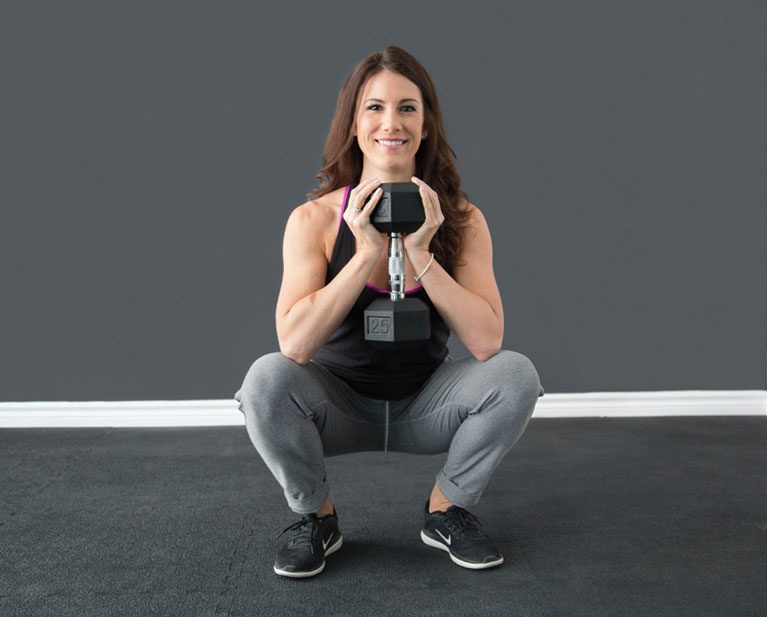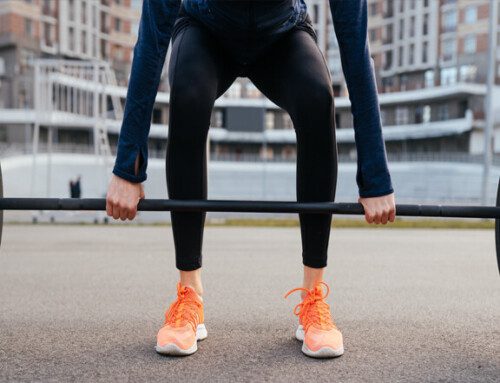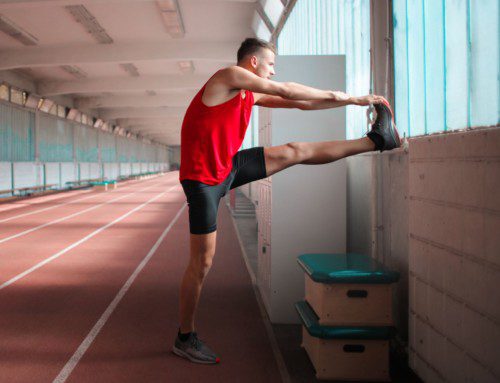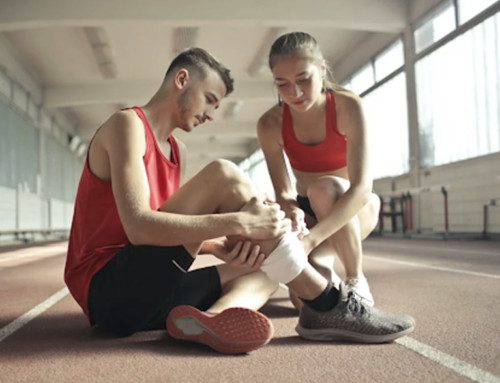Many people question whether or not deep squatting is an appropriate or safe exercise to perform secondary to fear of damaging the knees. Different degrees of depth in a squat are prescribed in exercise and rehabilitation programs for various reasons. There is not one single textbook way to squat, but some exercises, activities, and competition rules for the squat require a specific amount of depth. Therefore, the squat depth you chose for exercise should be goal-dependent.
Here we list some of the pros and cons of squatting deep (> 90 degrees of hip flexion):
Pros [1]:
- Decreased compressive forces in the patellofemoral joint
- Working multiple structures in your knees simultaneously and efficiently (muscles, tendons, ligaments, etc.)
- Increase in glute max activation compared to squats above 90 degrees. This means a stronger bum!
Cons:
- If there's already pain or injury to the knee, squatting deep may not be comfortable
The Main Takeaway:
Therefore, the answer is 'YES!' Overall, it is perfectly safe AND good for a healthy, pain-free knee to perform deep squats. A study conducted by Hartmann et al. found an increase of compressive forces in the patellofemoral joint (joint under the kneecap) when squatting above 90 degrees of hip flexion [1]. Squatting deeper will better distribute the load and stress of the exercise amongst all the structures in the knee, including ligaments, tendons, and muscles [1]. As a result, the patellofemoral joint will experience less load.
However, although the research shows that squatting deep is safe, this does not mean that this is the only appropriate way to squat or that squatting at heights above 90 degrees of hip flexion is incorrect. Squats higher than 90 degrees can also be performed depending on what your fitness and rehab goals are. Here are two examples:
Box Squats:
Box squats is a variation with which you can limit the depth of the squat by sitting on an object. It is a great modification, especially for those having pain with squatting because it limits the range of motion of the hip and knee flexion while still allowing you get the benefits of the squat.
Box squats are also beneficial to help load the posterior chain which involves your back extensor muscles (erector spinae), hamstrings, and glutes which helps to decrease load to the anterior muscles such as the quads.
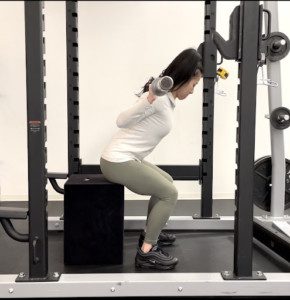
Pin Squats:
Training with the limitations using safety pins can help increase strength in the lower extremities and core within a shorter range of motion. In addition, it is a good way to slowly build strength with a heavier weight if it is your first time using that specific weight or if it's simply too heavy to perform a full squat with.
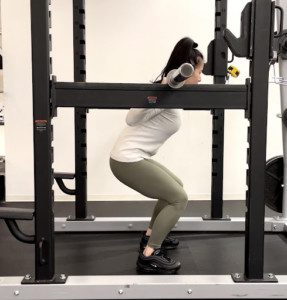
If you want to learn more about proper mechanics of the squat and the different variations, feel free to contact us to speak to one of our therapists here at SetPT today!
Source:
- Hartmann, Hagen, et al. "Analysis of the Load on the Knee Joint and Vertebral Column with Changes in Squatting Depth and Weight Load." Sports Medicine, vol. 43, no. 10, 2013, pp. 993–1008., https://doi.org/10.1007/s40279-013-0073-6.

